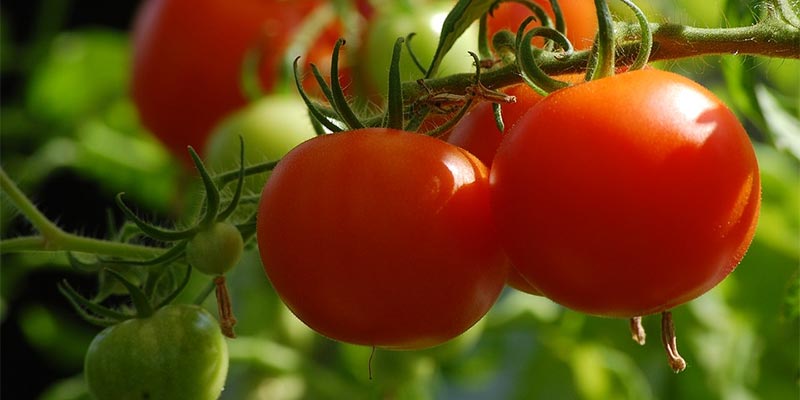
Many people treat gardening like a hobby, but it is more than that. Cultivating some vegetables for your dinner table or some flowers for your lawn has some health benefits. Regular gardeners are less likely to suffer from heart attacks since they have a way to relieve stress. Spring is the best time to start cultivating. Most of the works in summer include weeding and watering. Fall is best for tree, shrub, and some perennials planting. If you are a beginner at cultivating, here are five tips to planting produce for the first time.
- Get an Idea. You need to decide whether you want a vegetable, herb, or flower garden. If you choose to go for flowers, determine whether you wish annual or perennial flowers. You can also decide to mix them. However, it is always good to start small. Decide on the place you want to start your gardening. Look for a place where the plants can receive sunshine for about six hours a day. If the only place available for you is sunless for the better part of the day, do not despair. Some plants tolerate shade. Talk to a staff at your local garden centre to find how much sun a plant requires. Pick a place that is close to a water source to avoid dragging the hose.
- Clear the Ground. Get rid of the sod in the area you chose. For quick results, consider digging it out. You can also opt to smother it with newspaper. Spread a layer of five sheets of newspaper then spread a 3-inch layer of compost and wait. The compost and newspaper will take around four months to decompose.
- Improve the Soil. Boost your soil to achieve the best gardening results. Use organic matter to improve the soil. Add a 2-3 inch layer of compost, decayed leaves, or old manure. if you dug your ground, till the organic matter into the soil. If you used the newspaper smother, leave the organic matter for a few months. You can also have your soil tested at a cooperative extension office to learn more about your soil. They will tell you what your soil lacks and how to amend it.
- Dig if necessary. Digging loosens your soil and makes it easy for plant roots to penetrate. However, digging while the ground is too wet or too dry can destroy its structure. Do your digging when the soil is moist enough to form a ball in your fist and dry enough to fall apart when you drop it. Turn the top 9 inches of the earth, and mix the organic matter in tip 3. If you decided to plant annual flowers, turn the soil only once a year in the spring before planting.
- Pick your plants. Choose plants that can adapt to your climate, soil, and amount of sunlight in your garden. You can search online for what plants to pick. However, beginners need to choose easy-to-grow plants such as cosmos, Russian sage, coneflowers, tomatoes, or cucumbers.
After following these tips, you can begin your gardening. Do not forget to search for garden maintenance management in the Garden-R website.
